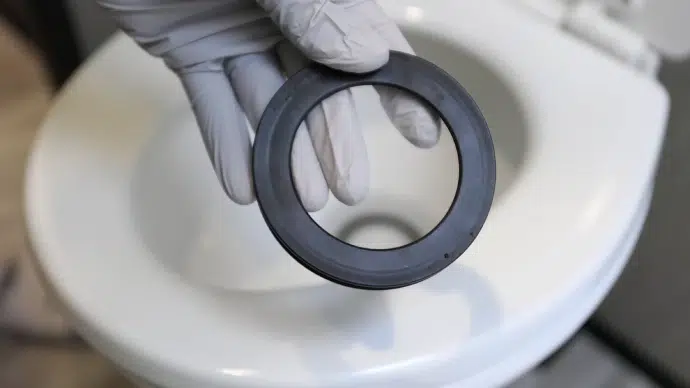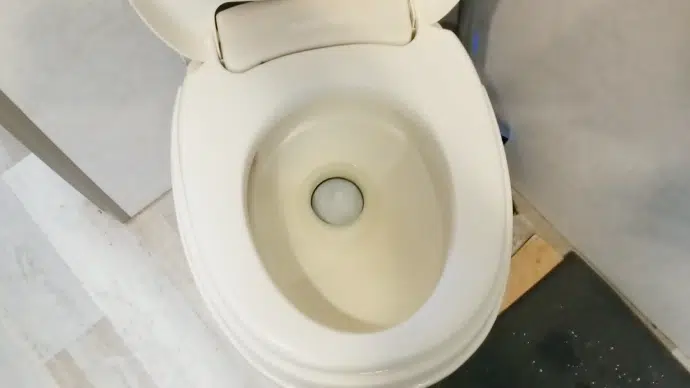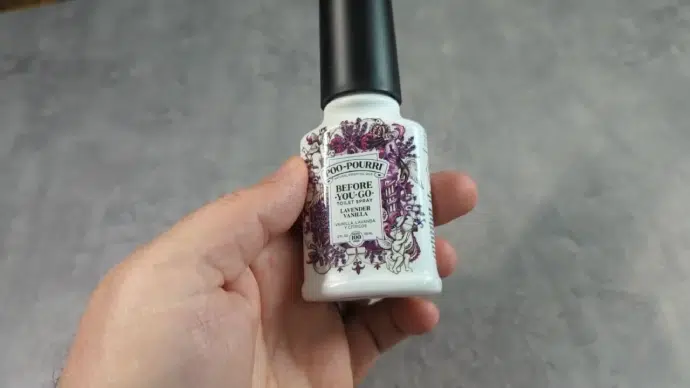Last Updated on April 11, 2023
RV toilet seals can become severely damaged over time if not properly maintained. Lack of use and harsh environmental conditions such as high temperatures or humidity cause them to dry out until the seal no longer effectively functions.
It is easy to prevent this from happening with simple solutions such as regular usage, which will help keep your RV’s toilet in tip-top condition. Keep your RV toilet in prime condition by looking for signs of a drying seal, such as an unpleasant smell and difficulty flushing.
Taking the initiative to maintain and replace it when needed will ensure you don’t run into any trouble. Read on to learn more about how to keep the seal on your RV toilet from drying out.
How to Keep RV Toilet Seal from Drying Out: Preventive Measures
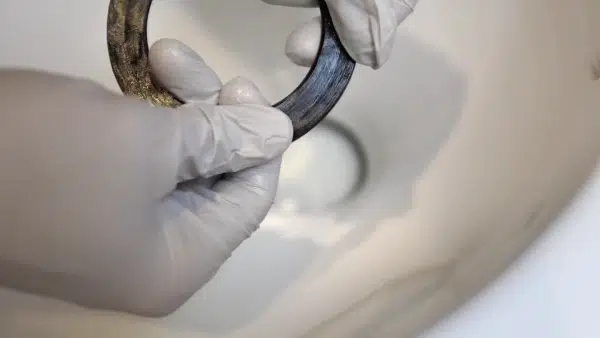
Regular maintenance of your RV toilet seal is essential to ensure its longevity and functionality. There are several preventive measures that you can take to avoid dry toilet seals.
1. Regularly Using the Toilet
Regularly using your RV toilet is one of the best preventive measures to keep the seal from drying out. When you don’t use your toilet for an extended period, the seal may dry out and lose its flexibility, allowing smells to escape through cracks and gaps.
To avoid this, use your RV toilet regularly, even if you’re not on a trip. Flushing it with clean water daily will help keep the seal moist and flexible. Additionally, avoid using harsh chemicals or cleaners that can damage the seal and cause it to dry out faster.
Regular use also helps prevent blockages in the plumbing system. When waste sits in the pipes for too long, it can harden and become difficult to remove. Regular flushing ensures that waste is correctly disposed of and doesn’t accumulate in the pipes.
2. Keeping the Bathroom Well-Ventilated
One of the ways to avoid the drying out of the RV toilet seal is to keep the bathroom well-ventilated. This is important because high humidity levels can lead to the seal drying out faster.
To ensure proper ventilation, ensure the bathroom fan is functioning correctly and turned on during use. If your RV does not have a fan, consider installing one or opening windows to allow fresh air to circulate.
Another tip is to avoid leaving wet towels or clothing in the bathroom area, which can contribute to moisture buildup. Instead, hang them outside or in a designated drying area.
Additionally, it’s essential to regularly clean the bathroom area to prevent any mold or mildew buildup, which can also contribute to high humidity levels. Use all-purpose household cleaners such as Pine Sol, Lysol, and soft cloths or sponges to wipe down surfaces.
3. Applying Seal Conditioner
If you want to avoid having your RV’s toilet seal dry out, applying a seal conditioner is an essential preventive measure. Seal conditioner helps to keep the seal lubricated and flexible, preventing it from cracking or drying out over time.
Different types of seal conditioners are available on the market, but most of them are made with a unique blend of oils and lubricants that help maintain the integrity of the rubber seal. Some products also contain antibacterial agents that help prevent mold and mildew growth in the bathroom area.
To apply the conditioner, seal the toilet bowl with a mild cleaner. Then, apply a small amount of conditioner onto a clean cloth or sponge and rub it onto the rubber seal. Make sure to cover all areas of the seal, including any cracks or gaps.
After applying the conditioner, let it sit for a few minutes before wiping any excess with a clean cloth. It’s important not to flush the toilet immediately after applying the conditioner, as this can wash away some of the product.
4. Using a Cover for Your RV during Storage
As an RV owner, you know how important keeping your vehicle in top condition is. One way to do this is using a cover while storing your RV. Not only does this protect the exterior from the elements, but it can also help prevent the toilet seal from drying out.
When your RV is stored outside, it is exposed to sunlight and other environmental factors that can cause damage over time. This includes the rubber seal around the toilet, which can dry out and crack if not properly cared for. By using a cover, you are providing an extra layer of protection against these elements.
Many types of covers are available for RVs, ranging from essential tarps to custom-fitted options. When choosing a cover, select one that fits your specific make and model of RV. This will ensure that it provides maximum protection while also allowing for proper ventilation.
Drying Out Of RV Toilet Seals: The Reasons Why
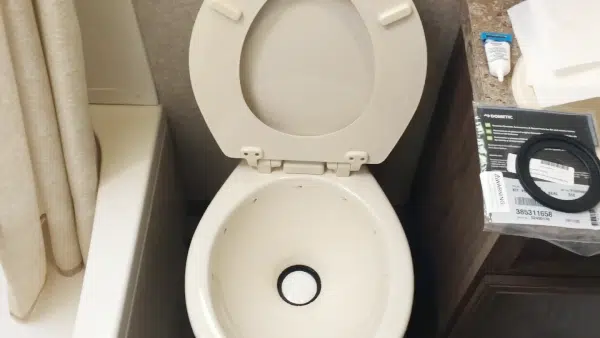
RV toilet seals are an essential component of your RV’s sanitation system. They ensure that waste and odor stay contained in the holding tank and prevent leaks. However, these seals can dry out over time, causing unpleasant odors and difficulty flushing the toilet. There are several reasons why RV toilet seals dry out.
Lack of Use
One reason why RV toilet seals dry out is a lack of use. If you’re not using your RV frequently, the seal can dry out and lose its elasticity over time. This can cause cracks and gaps in the seal, leading to unpleasant odors and difficulty flushing.
High Temperature and Humidity Levels
High temperature and humidity levels can significantly impact the lifespan of your RV toilet seal. Rubber seals can dry out quickly when exposed to high temperatures, leading to cracks and gaps that allow unpleasant odors to escape into your RV.
On the other hand, high humidity levels can cause mold and mildew growth on the seal, compromising its integrity.
Exposure to Sunlight or UV Rays
Your RV toilet seal may dry out faster than usual if it is exposed to sunlight or UV rays. The constant exposure to the sun’s rays can cause the rubber in the seal to become brittle and crack over time. This is especially true for RVs parked in high temperatures and humidity.
Old Age and Wear And Tear
Over time, the RV toilet seal can wear out due to old age and wear and tear. The constant exposure to water, chemicals, and waste products can cause the seal to dry out and become brittle. When this happens, it loses its flexibility and ability to create a tight seal between the toilet bowl and the waste tank.
One of the leading causes of wear and tear is using abrasive cleaning products that contain harsh chemicals. These products can damage the rubber seal, causing it to crack or break down over time. Additionally, flushing non-degradable items such as wet wipes or feminine hygiene products can cause damage to the seal.
Signs that your RV Toilet Seal Is Drying Out
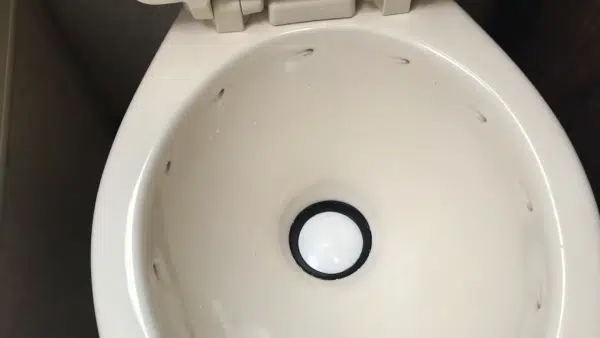
The toilet seal is one of the most critical components of your RV’s bathroom. It helps to keep unpleasant odors and waste from seeping into the bathroom area. However, the RV toilet seal can dry out over time, leading to many problems. Here are some of the signs and symptoms you should be aware of:
1. Unpleasant Odors in the Bathroom Area: Having an unpleasant odor in the bathroom of your RV can be a sign that your toilet seal is drying out. This is because a dry and cracked seal can allow gasses from the black water tank to escape into the bathroom, causing an unpleasant smell.
2. Difficulty in Flushing the Toilet: One of the signs that your RV toilet seal is drying out is difficulty flushing the toilet. This can be caused by the seal becoming stiff and inflexible, making it harder for the flush valve to open and close correctly.
3. Visible Cracks or Gaps in the Seal: A visible crack or gap in the RV toilet seal can indicate that it is drying out and needs to be replaced.
Over time, exposure to high temperatures, humidity levels, sunlight, or UV rays can cause the rubber material of the seal to deteriorate and lose its elasticity. This can lead to leaks, unpleasant bathroom odors, and difficulty flushing the toilet.
How to revive a dried-out RV toilet seal?
If you’ve noticed that your RV toilet seal has dried out, don’t worry. You can take steps to revive it and get it back in working order. Here’s how:
- Remove any debris or residue from the seal: Before applying any conditioner or lubricant, make sure the seal is clean and debris-free. Use a soft cloth or sponge to wipe away any dirt, grime, or residue that may have accumulated on the seal.
- Apply rubber conditioner or lubricant: Once the seal is clean, apply a rubber conditioner or lubricant specifically designed for RV toilet seals. These products can help restore the elasticity and flexibility of the seal, making it less likely to dry out in the future.
- Let the product sit for several hours before flushing: After applying the conditioner or lubricant, let it sit until it is dry before flushing the toilet again. This will give the product time to penetrate and soften the seal.
When to replace a dried-out RV toilet seal?
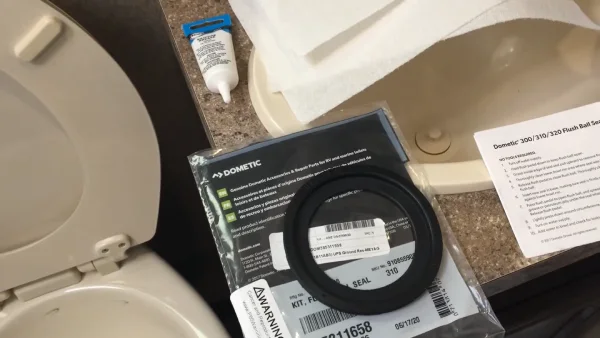
The toilet seal in your RV is an essential component that helps prevent unpleasant odors and keeps the bathroom area clean. However, the seal can dry out, crack, or become damaged over time, leading to difficulty flushing and further problems.
So when should you replace a dried-out RV toilet seal?
One of the most obvious signs is extensive cracks and also gaps in the seal. These gaps can allow sewage gasses to escape into your RV, causing unpleasant odors that are difficult to eliminate.
Additionally, if you’ve applied conditioner or lubricant but still experience difficulty flushing the toilet, consider replacing the seal.
Another reason to consider replacing a dried-out seal is if it’s old and worn out. Seals typically last several years but may wear out faster if exposed to high temperatures, humidity, or sunlight/UV rays.
Replacing an RV toilet seal can be a DIY project for those who are handy with tools. However, following manufacturer instructions carefully ensures you use the correct replacement part for your specific model.
Protect Your RV and Your Wallet
Taking preventative steps to ensure that your RV’s toilet seal is not drying out is essential for RV owners. Regular use of the toilet, proper ventilation, and applying a seal conditioner are all methods that will help preserve the integrity of the seal.
If you experience problems with a dry or cracked toilet seal, it may be time to replace it. Keeping up with regular maintenance and prevention is critical to avoiding costly repairs down the road. With these tips, you’ll have peace of mind knowing that your RV is well-protected.

